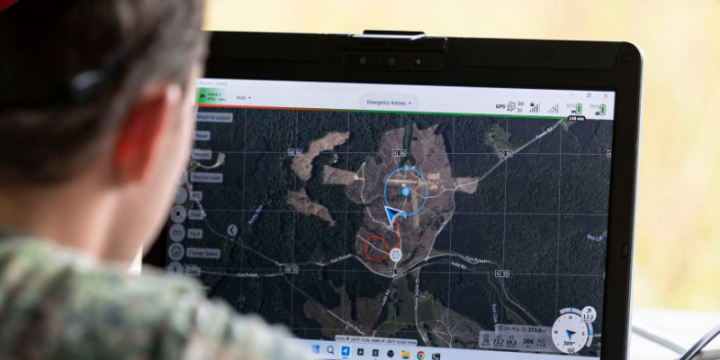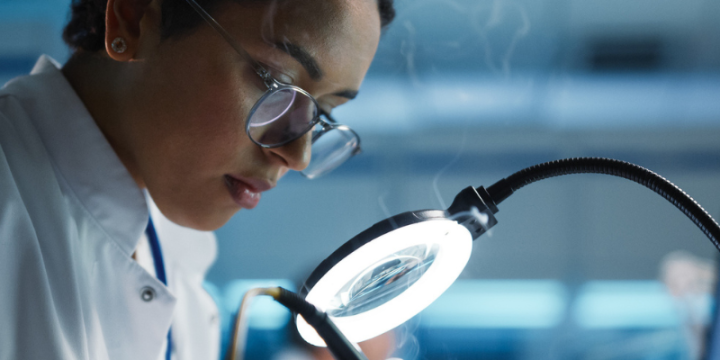A Dutch consortium led by SRON has received an NWO grant of twelve million Euro, making The Netherlands an important partner within ESA/NASA’s LISA mission—the first space detector for gravitational waves. It also prepares The Netherlands for its role within LISA’s terrestrial cousin—the Einstein Telescope.
LISA
The Laser Interferometer Space Antenna (LISA) consists of three spacecraft that will be orbiting the Sun, trailing behind Earth, from 2035 onwards. By continuously measuring their mutual distances using laser beams, they detect gravitational waves from the Universe. In space, LISA is able to stretch her arms to 2,5 kilometers, making her susceptible to longer wavelengths than ground-based detectors. It allows us to ‘listen’ for the first time to for example the Big Bang or baby black holes from the early Universe. Or to the chaotic orbits of stars as they are being engulfed in the complex geometry around a supermassive black hole, as a practical exam for Einstein’s general theory of relativity.
Dutch contribution
As consortium leader, SRON Netherlands Institute for Space Research will, together with Nikhef, Radboud, Leiden University, UvA, Utrecht University, TNO, Maastricht University and RUG, build the photodiodes (LISA’s ‘eyes’), software, pointing mechanism and corresponding readout electronics.
In this case pointing is an extreme sport, because each laser needs to hit a lens at 2.5 million kilometers distance, which takes light eight seconds. For comparison: if a dime falls down from the Eiffel Tower, a laser beam from The Netherlands must aim exactly at the spot where that dime will be in eight seconds. For the photodiodes things are not much easier. They must detect the laser beams of originally 1 Watt, like a table lamp. But after their journey those will have been reduced to 250 picoWatt, more than a billion times weaker than said lamp.
The development of the software is more complex compared to conventional telescopes. It has to distinguish between the multitude of gravitational waves from all possible directions that continuously vibrate the spacecraft at different frequencies and amplitudes.





